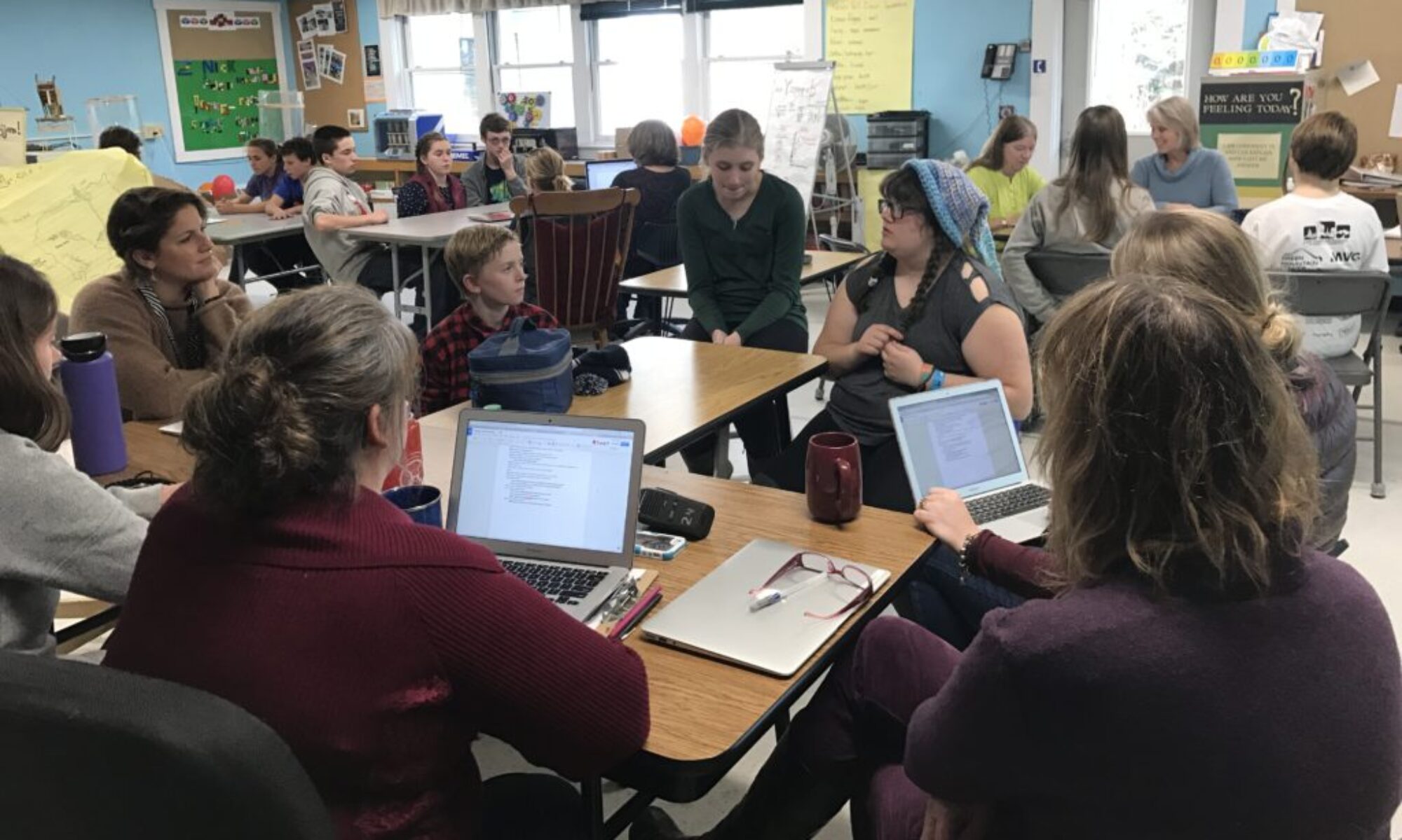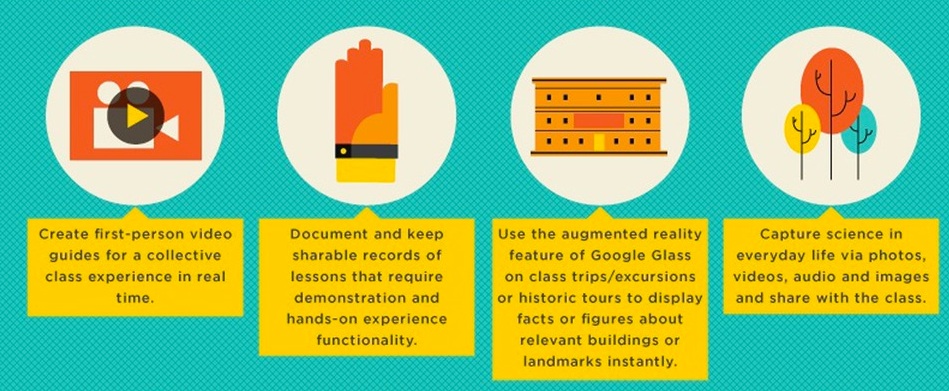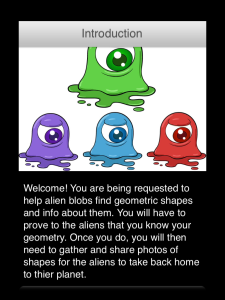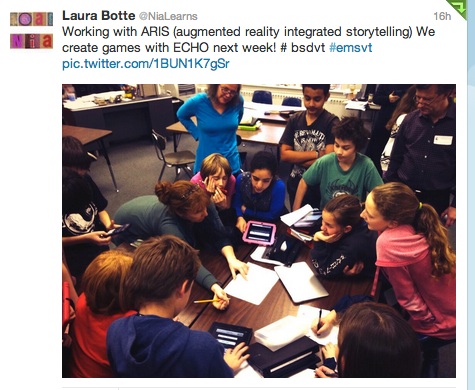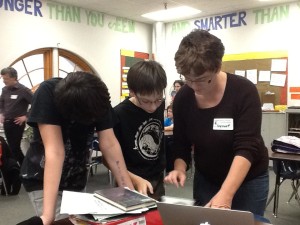I can’t recommend highly enough Mrs Pepe’s Google Glass Adventures. Courtney Pepe teaches high school in New Jersey, and has spent the last month plus trying out Google Glass in the classroom with her students. Her blogposts. Are. Fascinating. Like this demo of using the translate function with Glass:
Other fun entries include how Glass can integrate with other devices and apps (like Evernote!), using Glass to scan for augmented reality content with Layar, and using Glass’ compass function to set up an impromptu outdoor geometry lesson.
But, as the first installment of a new feature I like to call How Hard Is It, Really? I decided to try duplicating one of Mrs Pepe’s adventures. Specifically, the Glass and Literacy adventure. Mrs Pepe writes:
When I was working with a language arts teacher today I had a brainstorm. Google Glass can become part of a new literacy strategy to introduce a new book. The class that I was working with was reading the book The Barcode Tattoo. When I said “okay glass… Google Barcode Tattoo. I got 4 great bits of micro-information about the book 1- date of publication 2-author 3- themes and big ideas 4- sequels/prequels – wow I thought this would be a great strategy to build anticipation and excitement right before students begin reading a new novel.
Aha! So I gave it a shot. I captured the video below using Google’s Glass app for iOS along with Reflector and Camtasia. What you’re seeing is the actual footage that is displayed in your field of vision via Glass.
Initial thoughts on Glass? It’s harder to control than I thought it would be. It’s harder to everything than I thought it would be. Your brain processes the world in a certain way, based on visual input, and it’s a little startling to find new input that follows you around and does certain things (like take photos and share them to Google+) based on the way you move your head. But it gets easier after the first few minutes. The swiping back and forth can get you into trouble (I swiped myself right off of wifi twice) but once you get Glass’ attention (with a firmly voiced “Okay glass:”) it pings cheerfully to let you know it’s awaiting further instructions.
So, kinda.
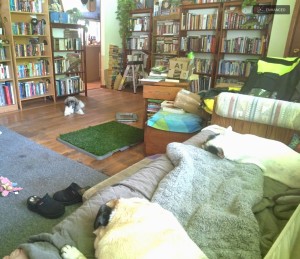
Even though couldn’t find the full range of options Mrs. Pepe describes in the example above, just being able to go out to a website with more information about a book would make browsing in a library or bookstore an entirely different experience. Having instant access to additional information about objects in the world around you is undeniably cool, and as a serious history nerd, if I can hook it up to cool history facts as I’m wandering around Danby, Vermont, wondering about the genesis of their soldier-on-a-plinth monument, I’m basically never taking these things off.
In and of itself, Glass has a ton of potential for educators; check out these 30 ways Google Glass Can Innovate the Classroom:
But how will these devices change the classroom as we know it? How will it change interpersonal relations and how we react to the world around us?
Here are some other resources for Google Glass info:
- This Google Glass in Education Google+ community
- Margaret Powers’ blog about using Glass with kindergartners
- The Edudemic Teacher’s Guide to Using Glass
How would you use Google Glass in your classroom?
